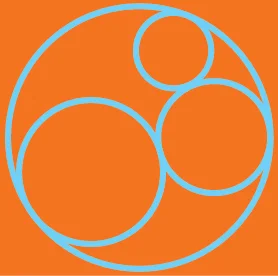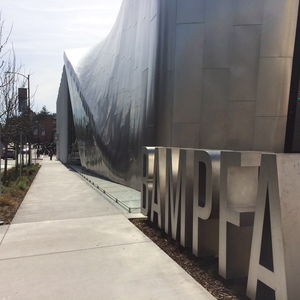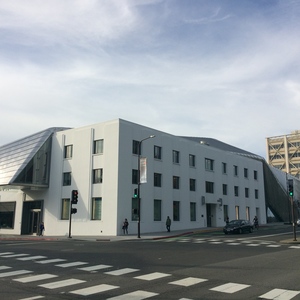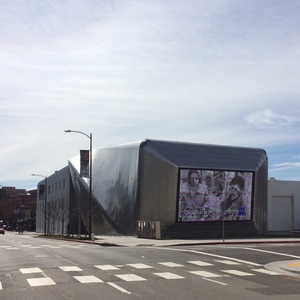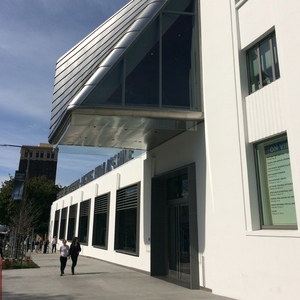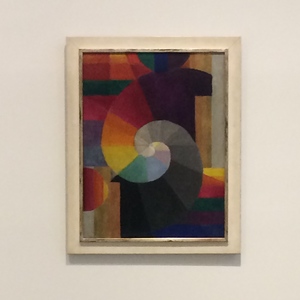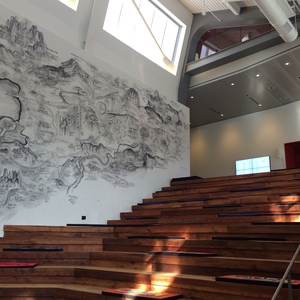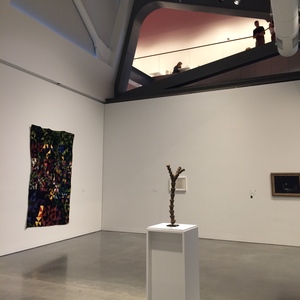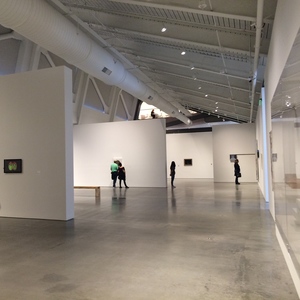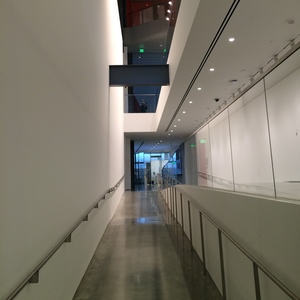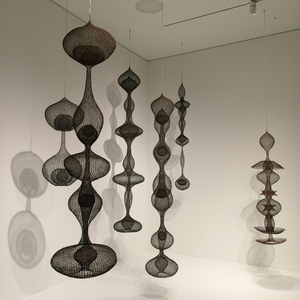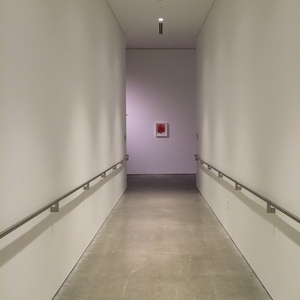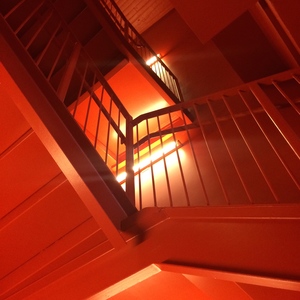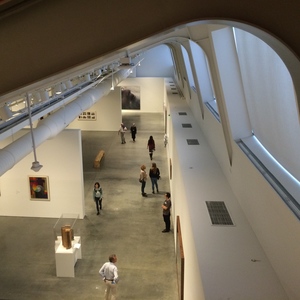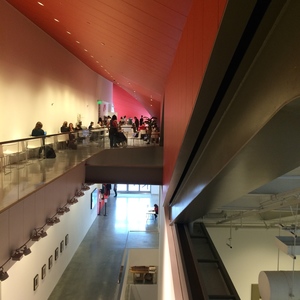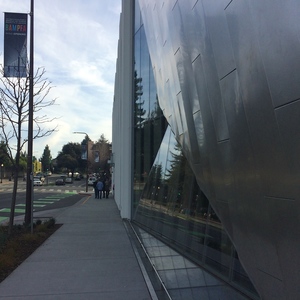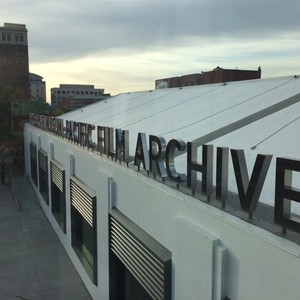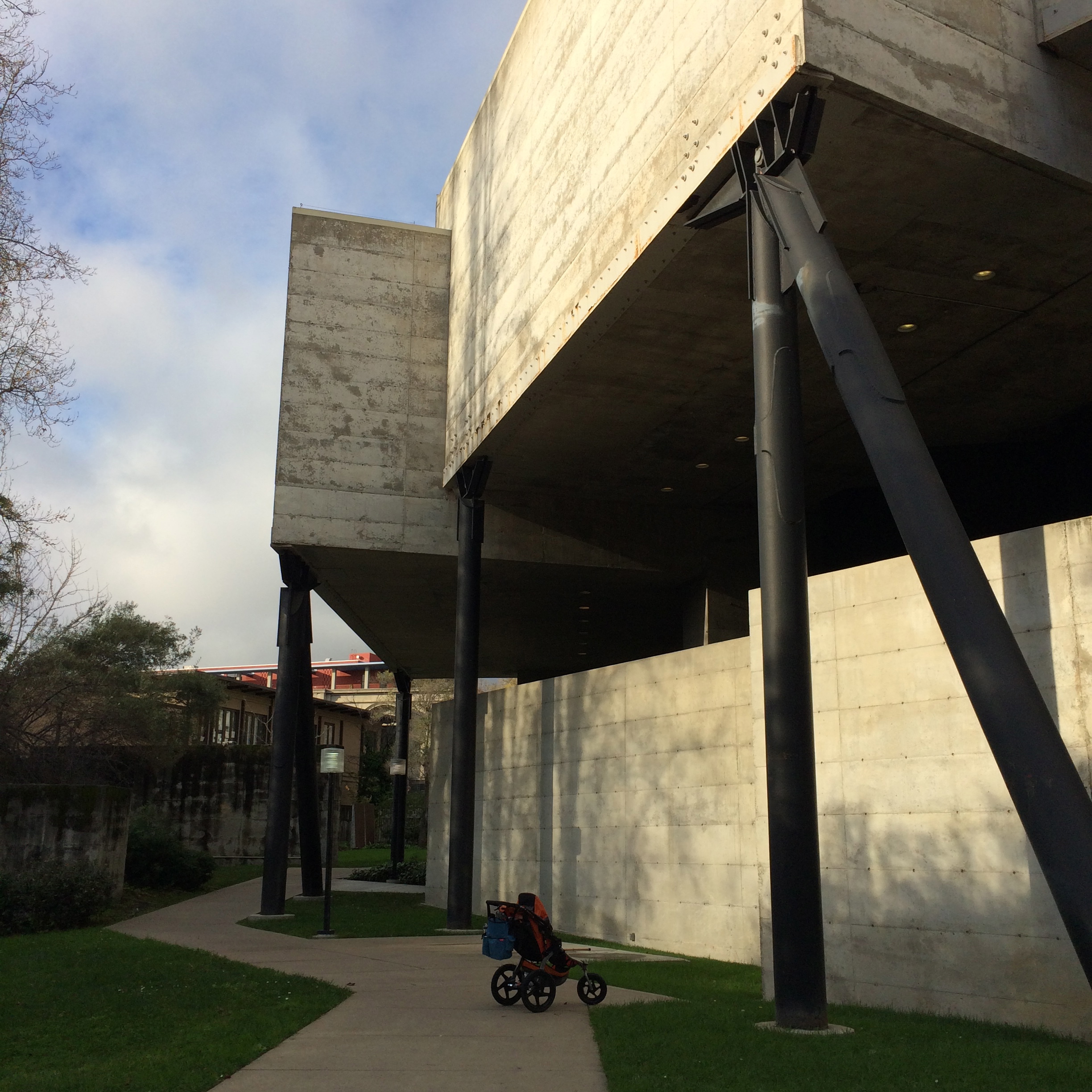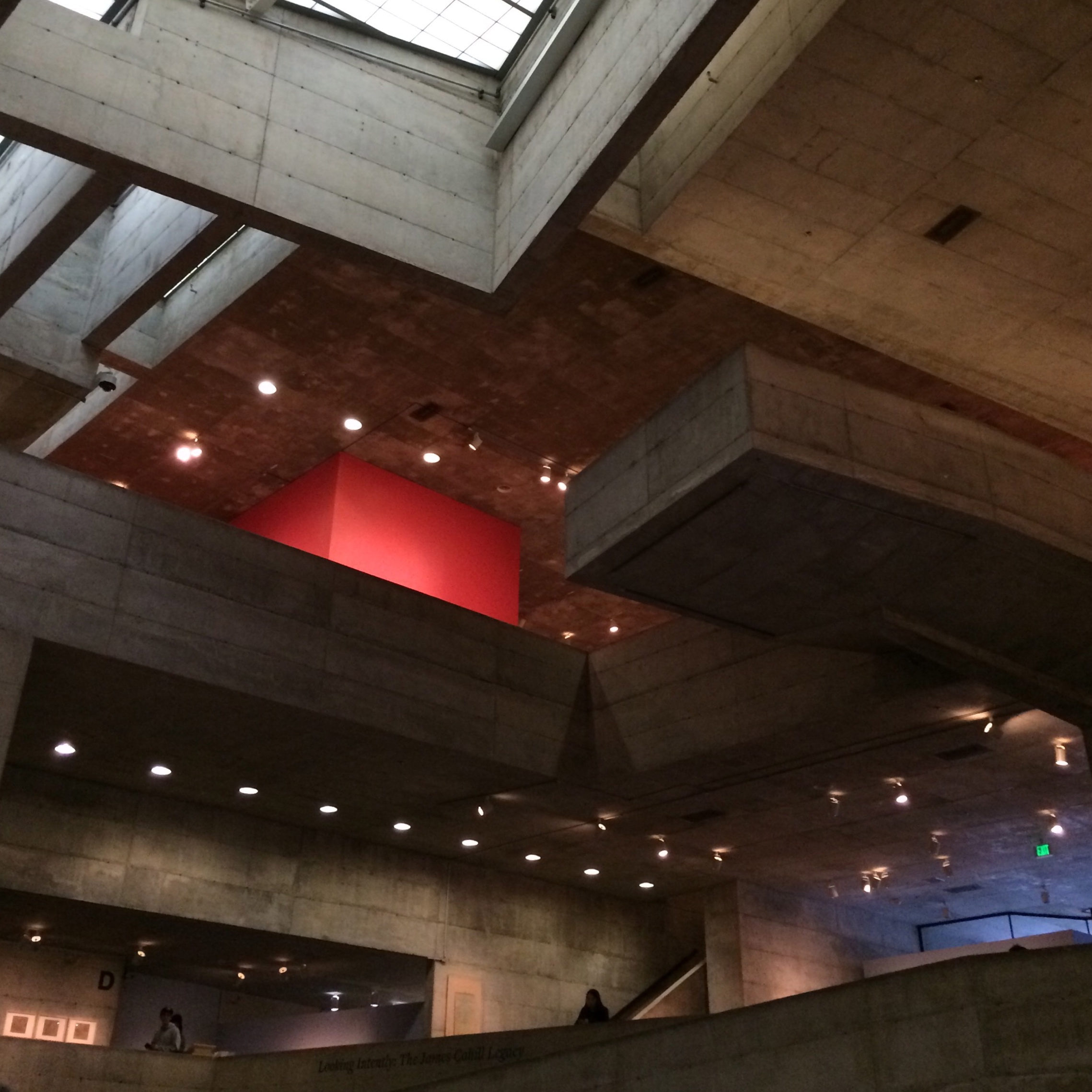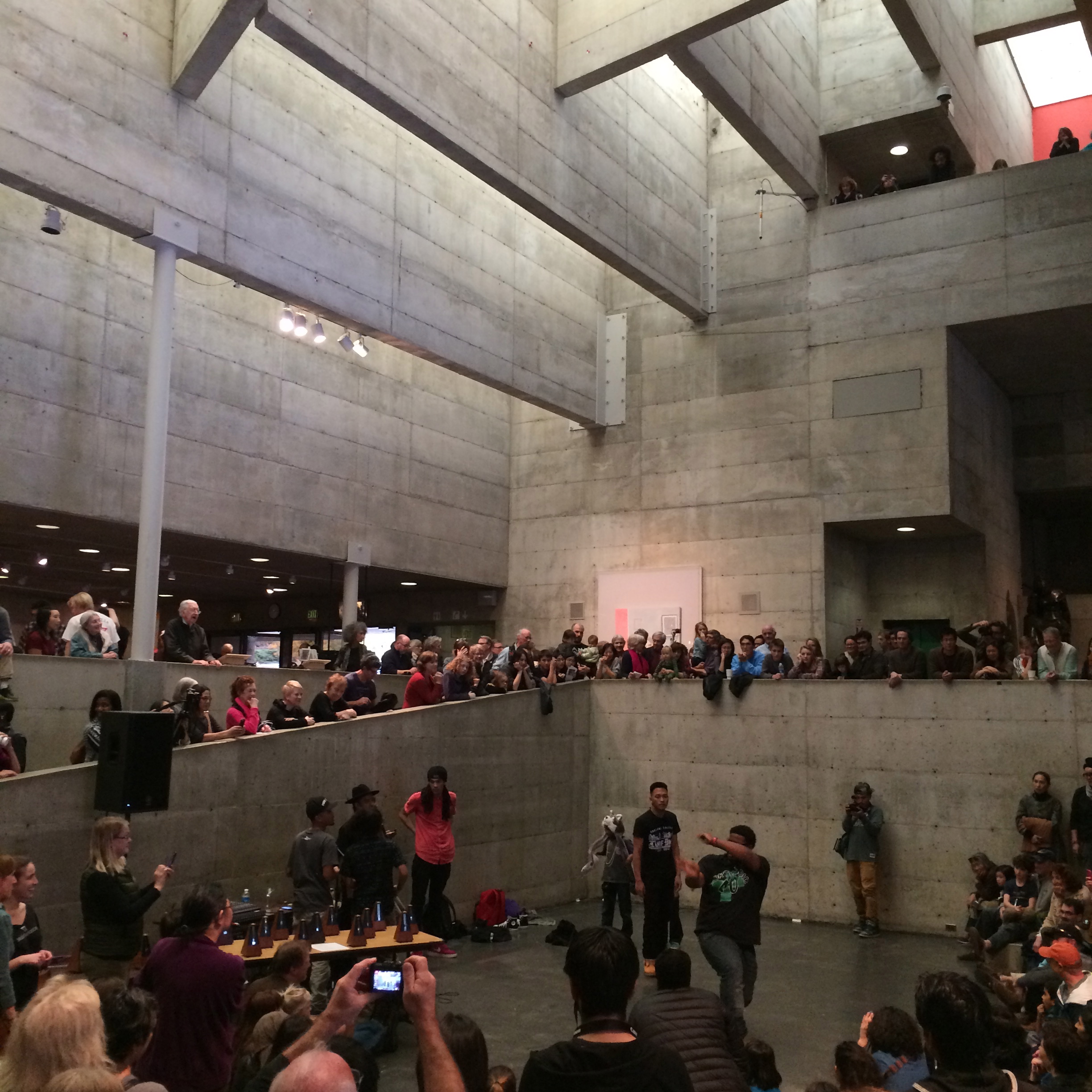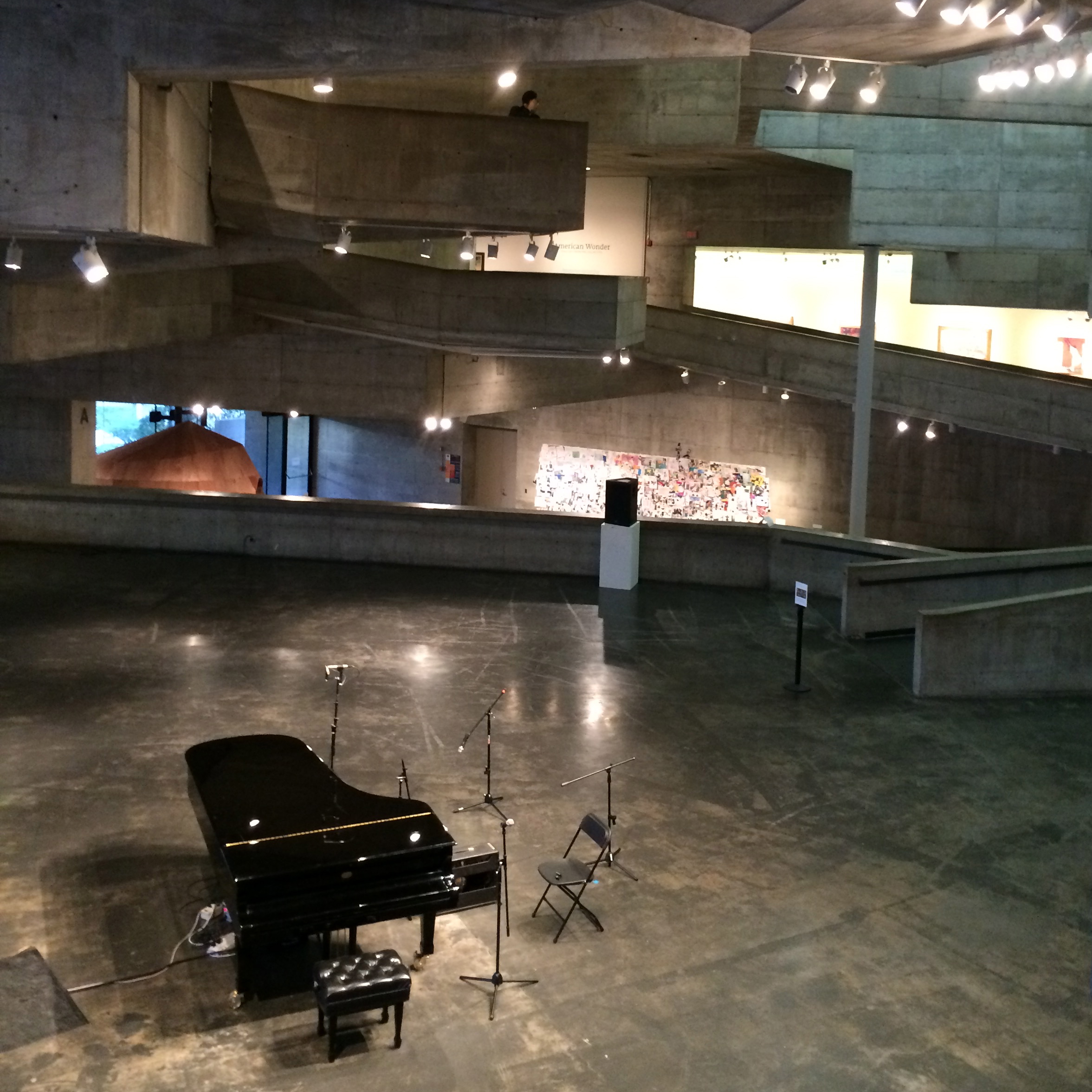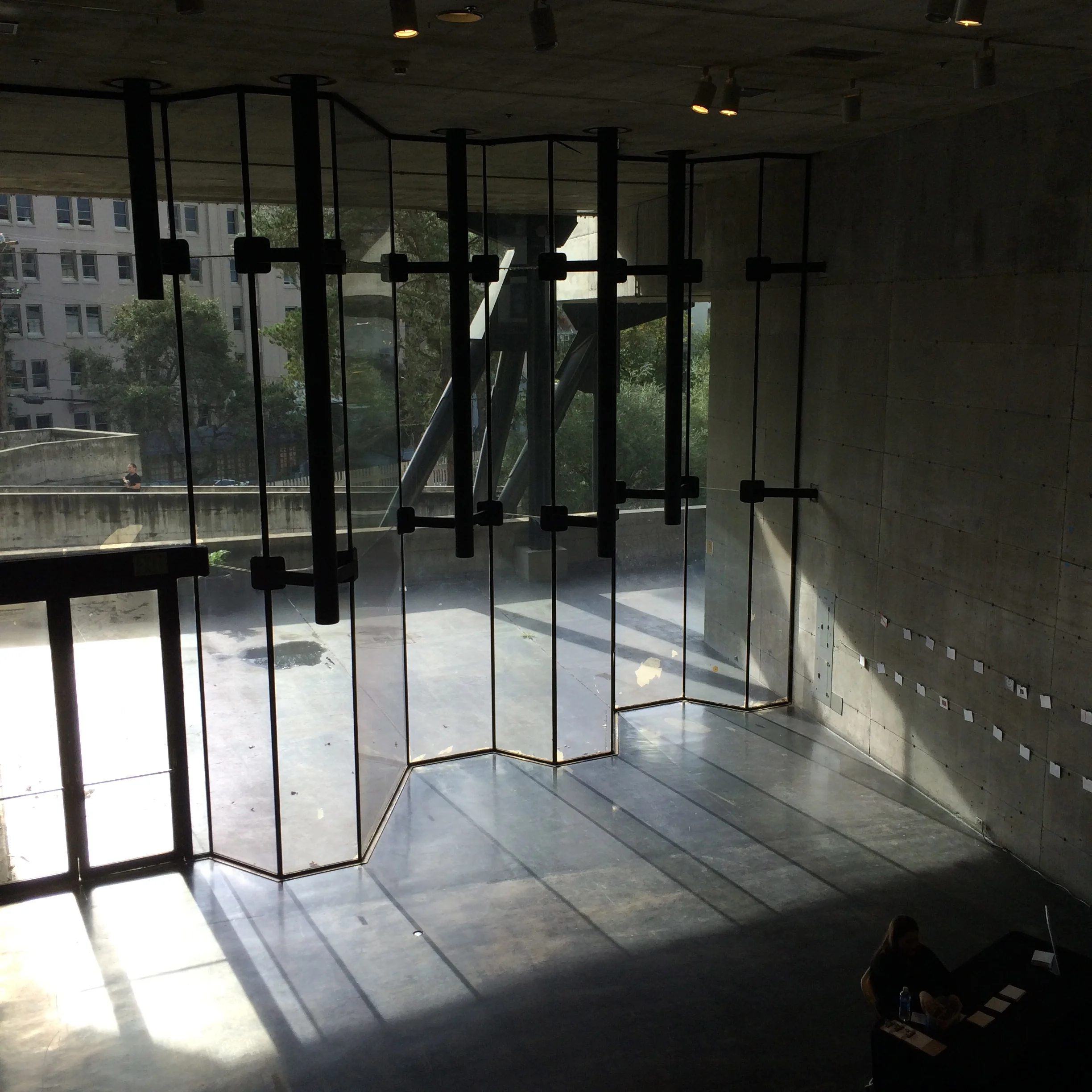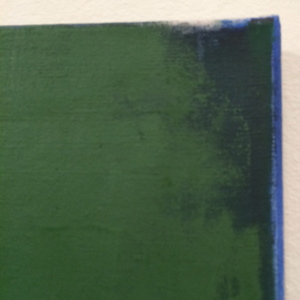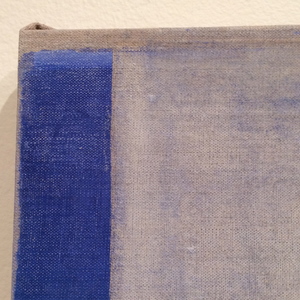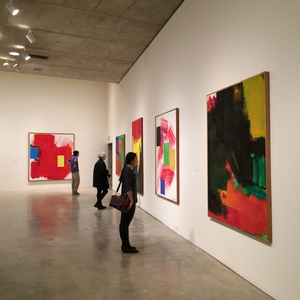The New BMA/PFA
"It is about reframing the world around us." ~ Charles Renfro, 2016
On January 27th, 2016 I was invited to a lecture by Charles Renfro, partner with Diller Scofidio + Renfro, the New York based interdisciplinary design studio that designed the new Berkeley Art Museum/Pacific Film Archives. How inspirational to hear Charles Renfro talk about the design of the BAM/PFA in context of other DS+R projects. And to learn about their design philosophy! To play with our senses as well as to manipulate our standards of perception through space that is what they are after. Hyperception was the term Charles Renfro used. For DS+R a museum should be more than a closed box to contemplate art. A museum should be a vehicle for the act of viewing itself. It’s about perceiving art, the space its in, the neighborhood and the community it inspires - perceiving with it the world around us. With this in mind, the new BAM/PFA was designed as a museum that offers visitors a continuous flow of the space celebrating the experience of art, food and movies all at the same time. The museum functions as a hub of cultural activities and stands for more than just a one path experience to contemplate art. Especially through the movie screen programming out on the street, the museum engages with the City of Berkeley like never before.
The new BAM/PFA, which opened on January 31st, 2016, is located on the corner of Center and Oxford Street at the foot of the University of Berkeley Campus. At first glance the building captivates with its asymmetry of old versus new, a white box perforated with windows versus a structure clad in panels of shimmering metal. Asymmetric as it may appear, the complex comes across grounded. While both preserving its industrial feel and giving it a new identity as an art museum, the 1939 Art-Deco Cal Press Building was refreshed and brought back to life with a great attention to detail. The extension - the new home for the movie theater and the archives - is located on Addison Street. Where the two buildings meet, the steel clad structure lifts its veil as if to let us have a peak inside (and outside) - reminding me of The Broad in LA. Above, the cantilevered cafeteria projects through and goes passed the Art-Deco building marking with its hang-over the museum’s entrance on Center Street. The light-filled interior greets you with a dynamic, soaring openness inspiring both curiosity and wonder. Wherever you are, you can see the galleries, the Craven forum, the cafeteria Babette, the theater, the library and archives. The presence of both buildings is felt - as are the Berkeley arts' district and the campus across the street. The materials and colors used are simple and beautiful - I really dig the orange staircase connecting the different levels. It feels like both floating in a big void and experiencing see-through moments simultaneously. It is about getting lost in a play of wonderful moments! Go, check it out yourself!
Check out BAM/PFA.
And Diller, Scofido + Renfro.
Also check out Bidding Adieu to an Icon.
Bidding Adieu to an Icon
Today on December 22nd, 2014 the BAM/PFA as we know it, closed its doors forever. Located on Durant Street in Berkeley, the museum was designed by Mario J. Ciampi (1907-2006), whose other works include St. Peter's Church in Pacifica, and built in 1970. In 1997 it was deemed seismically unsafe. The museum has always held lots of inspiration for visitors, students and artists alike. I love this Brutalist building with its striking core, its ramps and overhangs. It never ceases to surprise me how the ramps gently lead you up to the galleries and back to the center again.
The Farewell Ravel on this final day was both spectacular and bitter-sweet. It is sad to see it go. However, I do so only with one eye crying... The other eye is full of enthusiasm for the new museum to come. Designed by Diller Scofidio + Renfro (DSR), the new BAM/PFA will open to the public in 2016. The design includes the retrofit and extension of the former University of California Press, a 1939 Art Deco building, located in Berkeley's art district. I cannot wait for its doors to open. Being a big fan of DS+R, an interdisciplinary design studio based in New York City, I have always admired their work! Notable projects are the High Line New York, the ICA Boston and the Blur at the Expo.02 Yverdon les Bains amongst others.
To learn more go to new building.
Check out Mario J. Ciampi.
Check out Diller Scofidio + Renfro.
Diller Scofidio + Renfro create new home for BAM.
Closing Exhibit
Three exhibits mark the beginning of the end of the soon to be closing Berkeley Art Museum on Durant Ave.
American Wonder draws upon the BAM/PFA collection, apparently one of the finest of American folk art in California. Predominantly made by itinerant artists, these works reflect the years between 1776 and 1861 while capturing the lives of Colonial settlers and their aspirations during a time of enormous change. I enjoyed exploring a world that seems so far away, yet is still so close. Some of the dresses and the detailing were quite surprising.
Matrix 255 is John Zurier's first solo show in a museum. Born in 1956, he graduated from UC Berkeley in 1984. Inspired by Iceland where he has been traveling since 2011, Zurier applied - as a new element - tactile materials such as jute or coarse linen onto the frame. With a remarkable technique, he excels in merging line and mass, translucency and opacity to fix even the most subtle of textures onto canvas. These abstractions evoke nature's elements such as earth, grass, ice, water, fog and light. They may speak to us on many levels, however I think they also strike a very contemplative note. My eyes constantly wanted to scan the picture plane appreciating the various levels of subtle tactility.
Hofmann by Hofmann is a fitting tribute to an excellent artist, brilliant teacher and generous donor, who was renowned not only in his native Germany but also later in the US. Hans Hofmann (1880 - 1966) came to teach at UC Berkeley in 1930 inspiring generations to come. He later moved on to New York. These paintings - being part of Hofmann's generous gift to the then burgeoning University art museums - are a fine representation of Hofmann's push/pull spacial theory and his thoughts on color as plastic medium. I have always enjoyed his paintings. They speak of enormous vitality, you cannot help but getting pulled in.
To learn more, visit BAM/PFA.
Through December 22, 2014.
